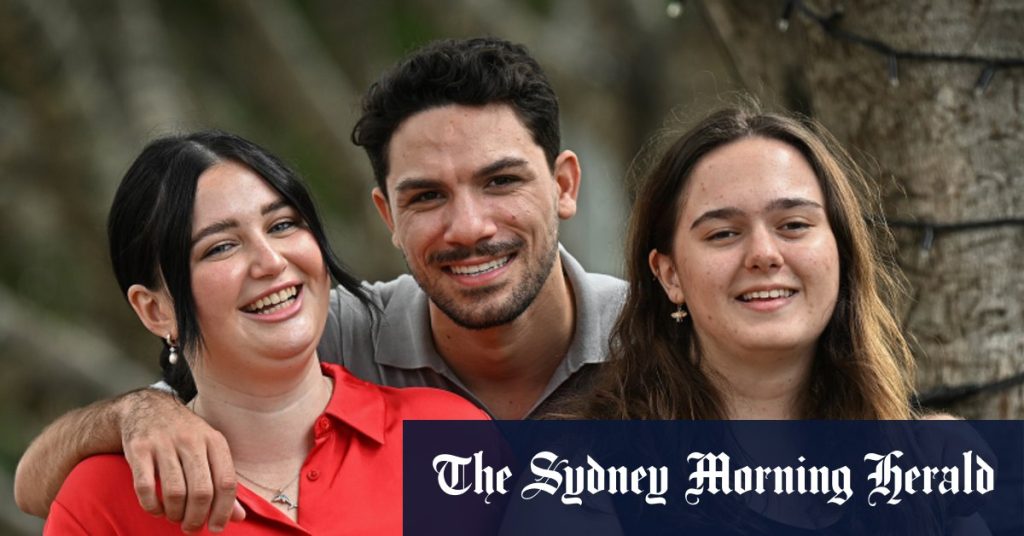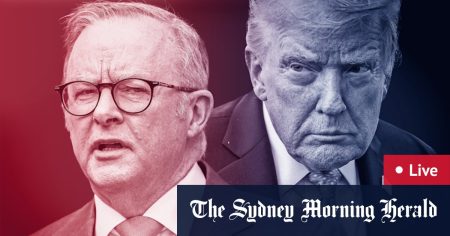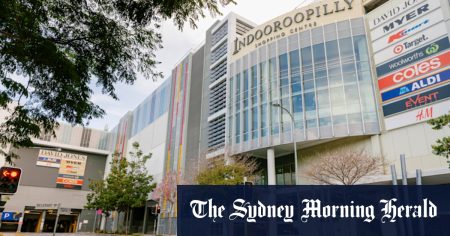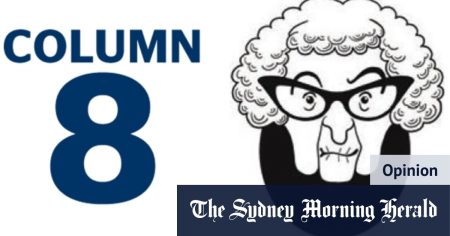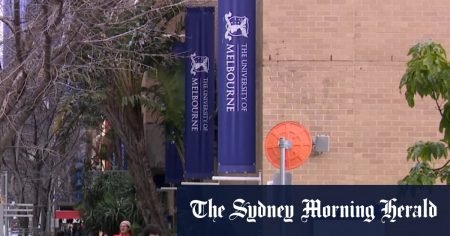Adam Kennedy, the managing director of VML, led a consortium of agencies in developing the branding for Brisbane 2032 Olympic and Paralympic Games. Kennedy described the design process as the most robust brand development process he had ever been involved in. The goal of designing the Olympic and Paralympic emblems was to create symbols that were packed with meaning but communicated in a simple way. Kennedy emphasized the importance of creating logos that are immediately recognizable and resonate with people, similar to iconic logos like Nike and Apple.
Rebecca Masci, a member of the Brisbane 2032 team, highlighted the significance of the emblems not only as a representation of the Games but also as a way to generate revenue for the organizing committee. She explained that the branding would play a crucial role in attracting sponsors and commercial partnerships. The self-funded organizing committee relies on revenue from sponsorships, making the success of the emblems essential for financial sustainability. Masci emphasized the practical importance of the branding in addition to its celebratory and symbolic role.
While no specific timeline was given for the unveiling of the Olympic and Paralympic emblems, Masci indicated that a significant event would mark their reveal. She expressed the desire for the branding to evoke feelings of pride and unity among the people of Brisbane, Queensland, and Australia. The connection between the brand and the identity of the city, state, and country was emphasized, with the goal of showcasing the best of Brisbane to international visitors. The launch of the emblems was seen as an opportunity to present a positive and impactful image to the world.
The creative process involved analyzing previous Olympic and Paralympic emblems and drawing inspiration from iconic logos that are simple yet meaningful. Kennedy highlighted the challenge of infusing the emblems with layers of significance while maintaining a visually impactful design. The focus was on creating symbols that would resonate with a global audience and leave a lasting impression. The team aimed to capture the essence of the Games and the host city in the emblems, reflecting the spirit of Brisbane 2032 in a way that would appeal to a wide range of stakeholders.
The development of the Brisbane 2032 branding was described as a collaborative effort involving various agencies and individuals working together to create a cohesive and impactful identity for the Games. Kennedy praised the teamwork and dedication of the team in approaching the brand development process with creativity and diligence. The project was viewed as an opportunity to showcase the talent and expertise of the agencies involved while also highlighting the unique character of Brisbane and its hosting of the Olympic and Paralympic Games.
In conclusion, the branding of Brisbane 2032 Olympic and Paralympic Games was noted for its extensive and rigorous development process aimed at creating emblems that were both meaningful and visually striking. The role of the branding in generating revenue and attracting sponsors was emphasized, highlighting the practical importance of a successful brand identity. The unveiling of the emblems was anticipated to be a significant event that would celebrate the identity of Brisbane, Queensland, and Australia while presenting a positive and impactful image to the world. The collaborative and creative approach to the brand development process was highlighted as a key factor in the success of the project.




